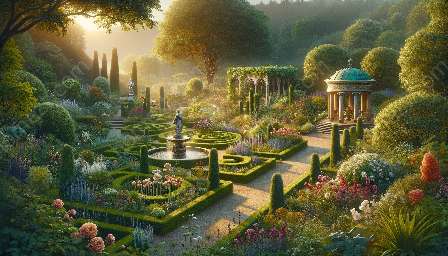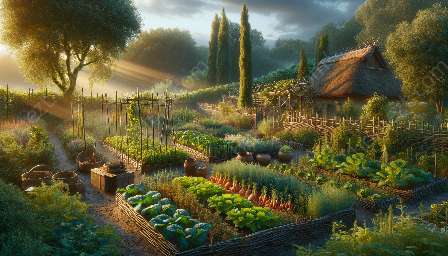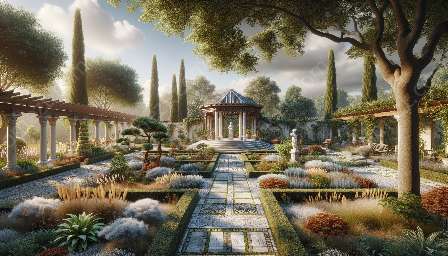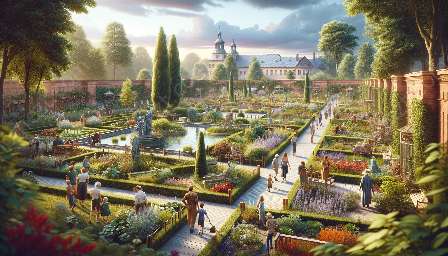Historical garden planning and heritage gardening offer a fascinating glimpse into the past, highlighting the evolution of landscaping and the preservation of cultural heritage. Understanding the history of garden planning provides valuable insights into the intersection of nature, art, and culture, influencing modern gardening and landscaping practices.
Exploring Historical Garden Planning
Historical garden planning encompasses the strategic and artistic layout of gardens throughout different epochs. From ancient civilizations to medieval and Renaissance periods, the planning and design of gardens reflected cultural, social, and environmental influences.
For instance, ancient Babylonian and Persian gardens were meticulously planned to showcase intricate water features and lush greenery, symbolizing paradise on Earth. In contrast, Renaissance gardens in Europe focused on symmetry, geometry, and the integration of sculpture and architecture within the landscape, embodying the revival of classical ideals and humanism.
During the 18th and 19th centuries, elaborate English landscape gardens emerged, emphasizing naturalistic designs, picturesque landscapes, and the romanticized appreciation of nature. These historical garden styles paved the way for the diversity and creativity seen in contemporary garden planning and landscaping.
The Significance of Heritage Gardening
Heritage gardening encompasses the preservation and restoration of historically significant gardens, ensuring the continuity of cultural and horticultural traditions. These gardens often serve as living museums, allowing visitors to experience the beauty and legacy of past garden designs while fostering a deeper connection to the environment and history.
Heritage gardening also plays a crucial role in safeguarding botanical diversity, particularly in the conservation of heirloom plants, traditional gardening techniques, and heirloom fruits and vegetables that are integral to the cultural identity of specific regions and communities.
Heritage Gardening and Landscaping
The relationship between heritage gardening and landscaping underscores the intricate balance between preservation and innovation. Landscaping practices draw inspiration from historical gardens, incorporating elements such as formal parterres, topiaries, and terraced layouts into contemporary designs.
Furthermore, heritage gardens often inform sustainable landscaping approaches, promoting the use of native plants and ecological principles that have sustained historical gardens for centuries. By integrating heritage gardening practices into landscaping, professionals honor the cultural heritage of garden planning while adapting to modern environmental challenges and aesthetic preferences.
Preserving Historical Garden Planning
Preserving historical garden planning involves meticulous research, documentation, and conservation efforts to safeguard the authenticity and integrity of significant gardens. This process often requires interdisciplinary collaboration among landscape architects, historians, horticulturists, and preservationists to ensure that historical gardens remain accessible and relevant for future generations.
Through initiatives such as historical garden tours, educational programs, and digital archives, the awareness and appreciation of historical garden planning and heritage gardening continue to flourish, highlighting their enduring impact on contemporary landscaping and cultural heritage.






































